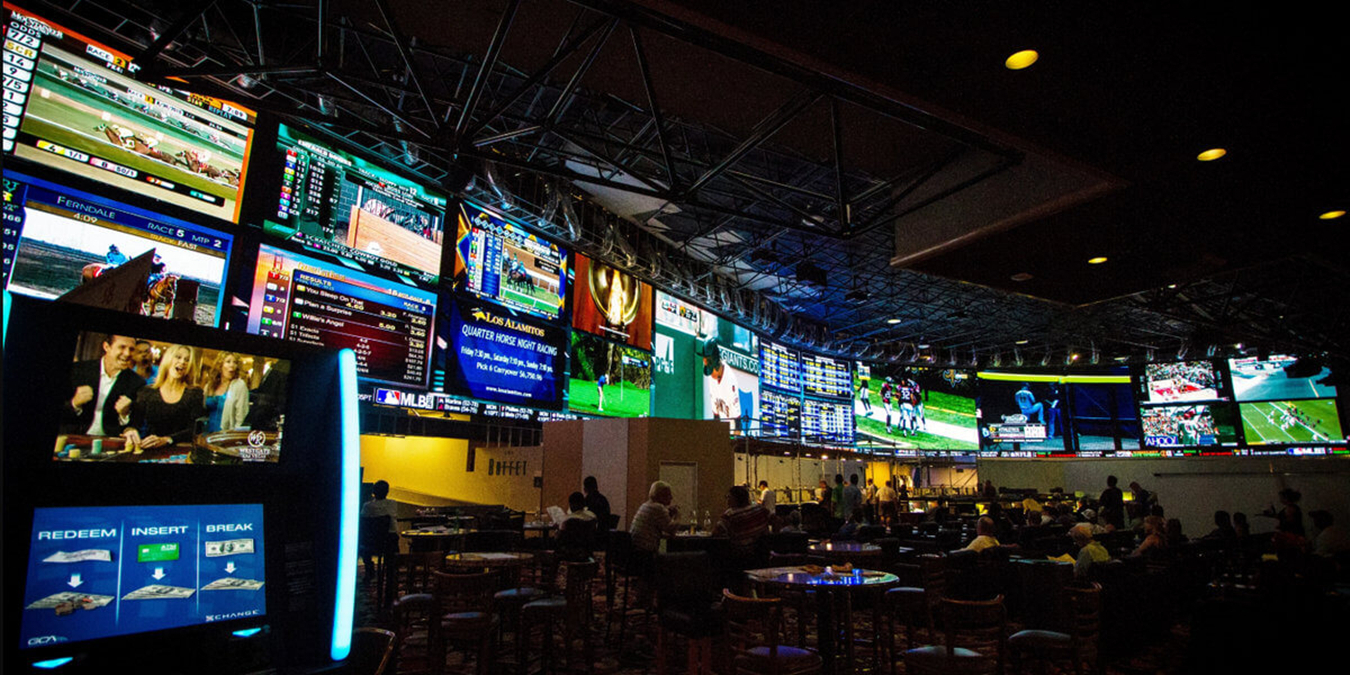One of the most frequently asked questions regarding LED screens is whether they need a backlight. Understanding the difference between display technologies is key to answering this question, as different types of screens, such as LED and LCD, operate on distinct principles. In this blog, we will explore the role of backlighting in various displays, and specifically whether or not LED screens require it.

1. What Is Backlighting in Displays?
Backlighting refers to the light source used behind a display panel to illuminate the image or content being displayed. In most cases, this light source is necessary to make the screen visible, as it provides the necessary brightness for the pixels to show colors and images clearly.
For example, in LCD (Liquid Crystal Display) screens, the liquid crystals themselves do not emit light. Instead, they rely on a backlight (traditionally fluorescent, but now commonly LED) to illuminate the pixels from behind, allowing them to display an image.
2. The Key Difference Between LED and LCD Screens
Before addressing whether LED screens need a backlight, it’s essential to clarify the distinction between LCD and LED screens:
LCD Screens: LCD technology relies on a backlight because the liquid crystals used in these displays do not produce their own light. Modern LCD screens often use LED backlights, which leads to the term “LED-LCD” or “LED-backlit LCD.” In this case, “LED” refers to the light source, not the display technology itself.
LED Screens (True LED): In true LED displays, each pixel is an individual light-emitting diode (LED). This means that each LED produces its own light, and no separate backlight is required. These types of screens are commonly found in outdoor displays, digital billboards, and LED video walls.
3. Do LED Screens Need a Backlight?
The simple answer is no—true LED screens do not need a backlight. Here’s why:
Self-Illuminating Pixels: In LED displays, each pixel consists of a tiny light-emitting diode that produces light directly. Since every pixel generates its own light, there’s no need for an additional light source behind the screen.
Better Contrast and Deep Blacks: Because LED screens don’t rely on a backlight, they offer better contrast ratios and deeper blacks. In LCD displays with backlighting, it can be difficult to achieve true blacks since the backlight cannot be completely turned off in certain areas. With LED screens, individual pixels can turn off completely, resulting in true black and enhanced contrast.
4. Common Applications of LED Screens
True LED screens are commonly used in various high-performance and large-scale applications where brightness, contrast, and vivid colors are critical:
Outdoor LED Billboards: Large LED screens for advertising and digital signage are popular because of their high brightness and visibility, even in direct sunlight.
Sports Arenas and Concerts: LED screens are widely used in stadiums and concert venues to display dynamic content with superior color accuracy and visibility from a distance.
Indoor LED Walls: These are often seen in control rooms, broadcasting studios, and retail spaces, offering high-resolution displays with excellent contrast.
5. Are There LED Screens That Use Backlighting?
Technically, some products labeled as “LED screens” use backlighting, but these are actually LED-backlit LCD displays. These screens use an LCD panel with an LED backlight behind it to improve brightness and energy efficiency. However, these are not true LED displays.
In true LED screens, no backlight is required, as the light-emitting diodes are the source of both light and color.
6. The Benefits of True LED Screens
True LED screens offer several key advantages over traditional backlit technologies:
Higher Brightness: Since each pixel emits its own light, LED screens can achieve much higher brightness levels, making them ideal for both indoor and outdoor applications.
Improved Contrast: With the ability to turn off individual pixels, LED screens offer better contrast ratios and deeper blacks, enhancing image quality.
Energy Efficiency: LED displays can be more energy-efficient than backlit LCD screens, as they only use power where light is needed, rather than illuminating the entire screen.
Longevity: LEDs generally have a long lifespan, often exceeding 50,000 to 100,000 hours, which means LED screens can last for many years with minimal degradation in brightness and color performance.
Conclusion
In summary, true LED screens do not need a backlight. Each pixel in an LED screen produces its own light, making the display inherently self-illuminating. This technology offers several advantages, including superior contrast, deeper blacks, and higher brightness. However, it’s important to differentiate between true LED displays and LED-backlit LCDs, as the latter do require a backlight.
If you’re looking for a display with excellent image quality, longevity, and energy efficiency, a true LED screen is an excellent choice—no backlight necessary!
Post time: Sep-07-2024



